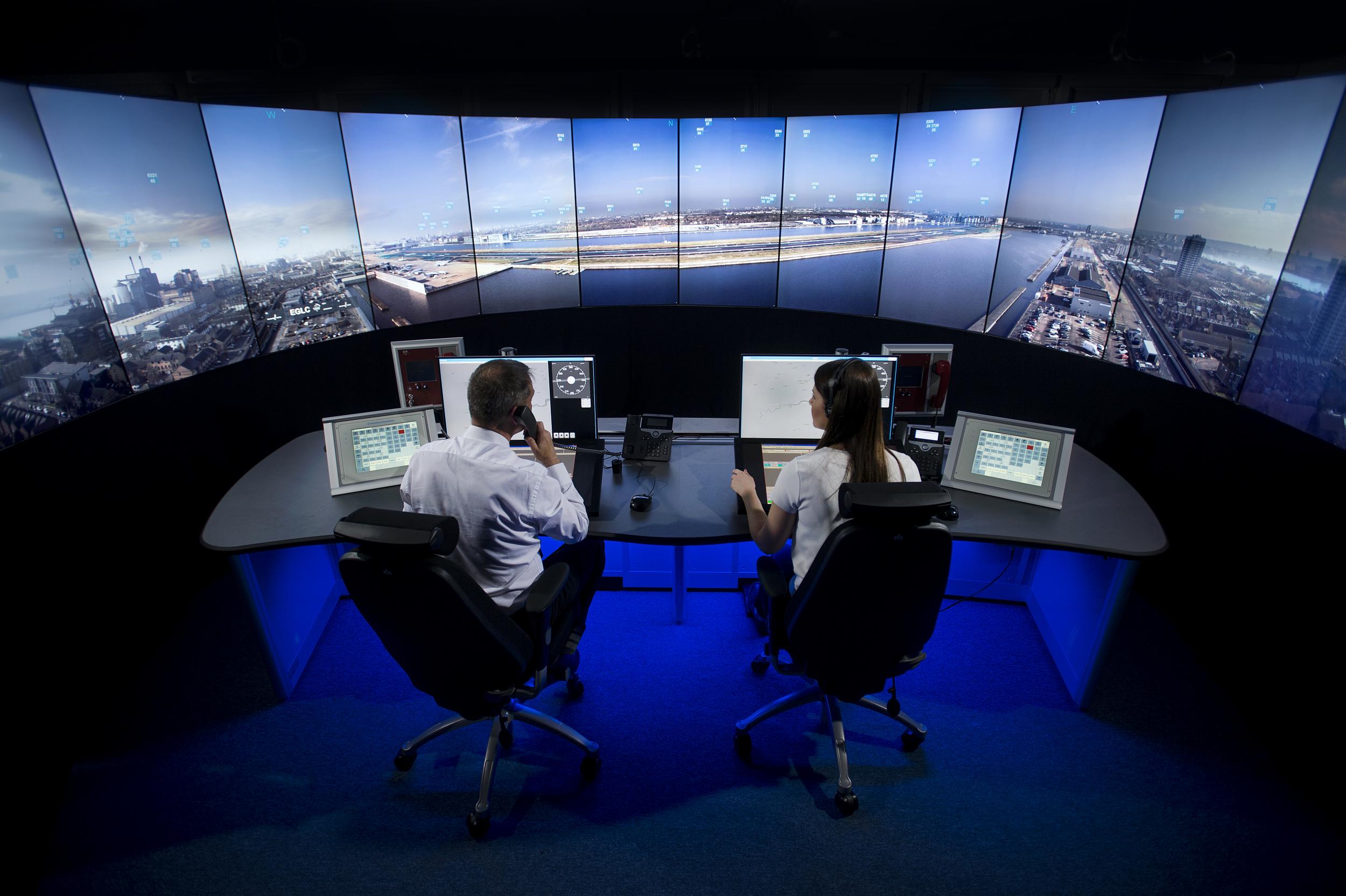Remote control: air-traffic staff to work 80 miles away from the airport
London City says the move to a 'virtual tower' will make flying safer and more efficient

Your support helps us to tell the story
From reproductive rights to climate change to Big Tech, The Independent is on the ground when the story is developing. Whether it's investigating the financials of Elon Musk's pro-Trump PAC or producing our latest documentary, 'The A Word', which shines a light on the American women fighting for reproductive rights, we know how important it is to parse out the facts from the messaging.
At such a critical moment in US history, we need reporters on the ground. Your donation allows us to keep sending journalists to speak to both sides of the story.
The Independent is trusted by Americans across the entire political spectrum. And unlike many other quality news outlets, we choose not to lock Americans out of our reporting and analysis with paywalls. We believe quality journalism should be available to everyone, paid for by those who can afford it.
Your support makes all the difference.London City is to become the first airport in Britain without a staffed air-traffic control tower. From 2019, pilots using the Docklands airport will be directed by staff based 80 miles away in rural Hampshire. And the airport says moving the eyes on the skies to a remote location will make flying safer and more efficient.
“Passengers won’t notice anything different,” said the London City chief executive, Declan Collier. “It will only improve what we’re doing.
He believes that aircraft “turns”, between arriving and departing, will be accelerated, and said the plan will set "a new standard for the global aviation industry to follow."
The same number of controllers will be employed as currently, but they will be located in a "virtual" tower in the NATS air-traffic headquarters at Swanwick in Hampshire. This is where the busiest skies in Europe are choreographed.
At the airport, a new high-tech 50-metre tower fitted with 14 high-definition cameras and two ultra-powerful zoom camera will be erected in a long-stay car park adjacent to the runway.
It will provide controllers with what is claimed to be a better view than they currently get using what Mr Collier calls “mark one eyeballs and binoculars”.
The data is sent by “super-fast secure fibre connections” to Swanwick.
Last year the Irish Aviation Authority trialled the concept, with aircraft at Cork and Shannon handled by controllers in Dublin
The techniques are currently used in northern Scandinavia, but at airports that are far less busy than London City — which has around 280 movements on a typical day.
Mike Stoller, director of airports at NATS, said: “Digital towers are going to transform the way air traffic services are provided at airports by providing real safety, operational and efficiency benefits.”
Highland and Island Airports (HIAL) is seeking to replace air-traffic controllers at all 11 of its airports with a centrally controlled remote tower system — in Inverness, elsewhere in the region or at an existing control facility.
The move is opposed by Prospect. The union’s negotiations officer, David Avery, said: “By moving these jobs to an as yet undecided central location, the communities around Kirkwall, Benbecula, Sumburgh and Stornoway will be losing skilled jobs that are unlikely to be replaced.
“Prospect is also concerned that the telecommunications infrastructure required to operate a remote tower set up does not yet exist in these areas. Outages are still a reasonably common occurrence but with skilled air traffic controller in situ the airports normally remain open.
“This would not be possible with remote towers.”
HIAL employs around 55 air traffic controllers plus additional support staff across Scotland.
Join our commenting forum
Join thought-provoking conversations, follow other Independent readers and see their replies
Comments